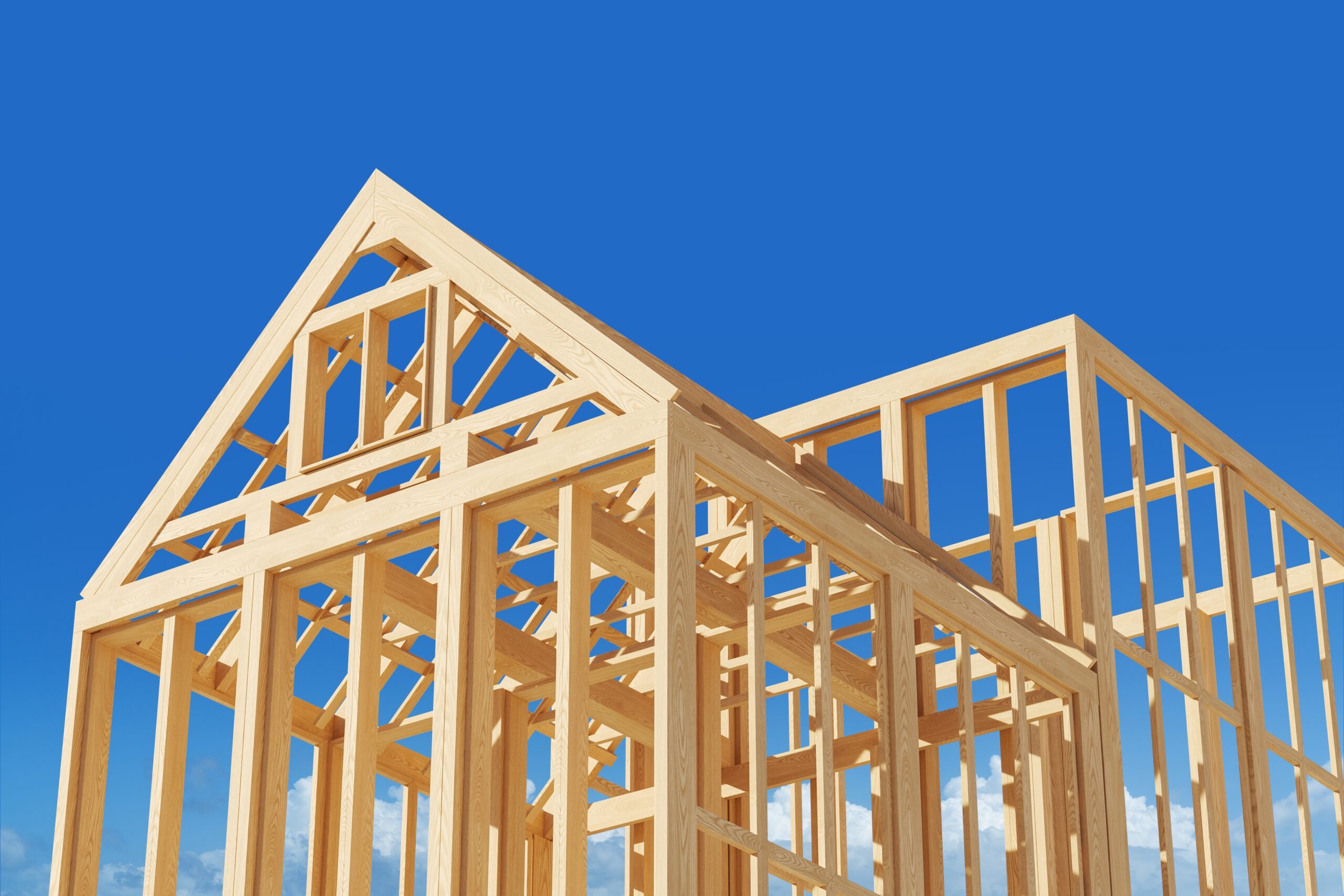


When you buy a home, the down payment is only one part of the overall cost. Closing costs, lender fees, and other upfront expenses can add thousands of dollars and often catch buyers by surprise.
Beyond these upfront expenses, homeowners also face ongoing costs that continue year after year. Property taxes, homeowners insurance, utilities, routine maintenance, and unexpected repairs all add to the true cost of ownership. Factoring both upfront and recurring costs into your budget is the best way to protect your finances and make the transition into homeownership more manageable.
Closing Costs
Closing costs are the fees and expenses required to finalize a real estate transaction and mortgage.
Closing costs typically range from 2% to 5% of the total loan amount. The national average (excluding commissions) is around $4,661, but this varies significantly by location, price, and loan type. Some states have considerably higher average costs.
Both buyers and sellers have closing costs. Buyers usually cover mortgage-related fees, while sellers often handle costs tied to transferring the property title, like transfer taxes. Real estate agent commissions can be negotiated.
Typical closing costs
Closing costs cover various services needed to process your loan, transfer ownership, and ensure the property’s legal standing. They generally fall into the following categories:
- Lender Fees: These cover the administrative costs of processing your mortgage, including loan origination (typically 0.5% to 1% of the loan amount), underwriting, application fees, and optional discount points to lower your interest rate.
- Third-Party Services: Fees for professionals involved in the process, such as appraisers to determine home value, title companies for searches and insurance, escrow or closing agents for handling the transaction (flat rate or up to 1% of the price), home inspectors, surveyors to confirm boundaries, and attorneys in some states.
- Government Charges: Fees imposed by government entities, including recording fees (often around $125) and transfer taxes levied on the property title transfer.
- Prepaid Items and Reserves: Buyers often prepay expenses for an escrow account, such as the first year of homeowners insurance, a prorated portion of property taxes, and per-diem interest on the loan.
- Other Potential Costs: These can include private mortgage insurance (PMI) if your down payment is less than 20%, HOA fees and transfer charges, and potentially real estate agent commissions, depending on the agreement.
Earnest Money Deposit
The earnest money deposit, sometimes called a “good faith deposit,” is money a buyer puts down to show serious intent to purchase a home. It acts as a pledge to the seller, proving the buyer’s commitment to the transaction.
How It Works
When making an offer, the buyer includes the earnest money with the purchase agreement. Instead of going directly to the seller, the funds are held in an escrow account managed by a neutral third party such as a title company, attorney, or escrow agent. At closing, the deposit is usually applied to the buyer’s down payment or closing costs.
Why It Matters
- Shows Buyer Commitment: Reassures the seller that the buyer has a financial stake in the deal.
- Protects the Seller: If the buyer backs out without a valid reason, the seller may keep the deposit as compensation.
- Part of the Purchase: The deposit is not an extra fee—it goes toward the overall purchase price.
Typical Amount
The size of the deposit varies by market. It usually ranges from 1% to 3% of the home’s purchase price. In competitive markets, buyers may offer more to strengthen their offer, while in slower markets or with lower-priced homes, the amount may be less.
Earnest Money and Contingencies
The return of earnest money depends on the contingencies in the purchase agreement. Common examples include:
- Financing contingency: Buyer must secure a mortgage.
- Appraisal contingency: The home must appraise for at least the purchase price.
- Inspection contingency: The inspection must not reveal serious issues, or the seller must agree to repairs.
If the sale falls through due to unmet contingencies, buyers typically get their deposit back. If they withdraw without a valid reason, the seller may keep it.
Key Considerations
- Review your contract carefully with your agent or attorney so you understand when you may forfeit or recover your deposit.
- Use a reputable escrow holder such as a title company, attorney, or escrow agent—never give it directly to the seller.
- Be realistic with your deposit. A larger amount can strengthen your offer, but don’t risk more than you can afford to lose if the deal falls through.
Moving and Furnishing Expenses
Beyond the down payment and closing costs, the process of moving into and setting up a new home brings its own significant expenses. These costs are often underestimated, yet they can put a real strain on your budget if not planned for in advance. Moving services, truck rentals, furniture, appliances, and everyday essentials all add up quickly, making it important to include them in your financial planning.
Moving Expenses
The cost of relocating depends on whether you hire professionals or take a do-it-yourself approach, as well as the distance and amount of belongings.
Hiring professional movers offers convenience but comes with significant costs. For local moves, expenses typically range from $800 to $2,500 for a three-bedroom home. Prices depend on factors like the number of movers, how long the job takes, and the amount of belongings being transported.
Long-distance moves are considerably more expensive, often running from $2,500 to over $10,000, depending on distance, shipment weight, and whether additional services are included. Specialized services such as packing fragile items, moving large objects like pianos, arranging storage, or purchasing insurance can increase the overall cost even further.
Furnishing and Decorating Expenses
Moving into a new home often means purchasing furniture, appliances, and household items. The total cost depends on the size of the home, the quality of items you choose, and how quickly you want to furnish the space.
Furniture
Essential pieces like a bed, sofa, and dining set can cost anywhere from $2,000 to $10,000. Fully furnishing a home typically ranges between $10,000 and $40,000, with averages around $16,000.
Appliances
If your new home does not come with appliances or the existing ones need replacing, expect to spend $5,000 to $15,000 or more for a complete set of kitchen and laundry appliances.
Window Coverings
Curtains, blinds, and shades are often necessary for privacy and light control. Prices typically range from $50 to $500 per window, depending on style and size.
Small Goods
Everyday essentials like cookware, linens, cleaning supplies, and bathroom accessories can add another $500 to $2,000 to your initial setup costs.
Ongoing Costs of Homeownership
Beyond the initial purchase, owning a home comes with recurring expenses that are necessary for upkeep and protection. Factoring these into your budget ensures you can manage your home comfortably without financial strain.
Property Taxes
These are annual payments required by local governments. The average property tax in the U.S. is about $2,400 per year, though rates vary significantly depending on where you live.
Homeowners Insurance
Most lenders require homeowners insurance to protect the property against risks such as fire, theft, or natural disasters. On average, it costs around $2,110 annually, though premiums may be much higher in certain regions.
Private Mortgage Insurance (PMI)
If you make a down payment of less than 20% on a conventional loan, you’ll likely need to pay PMI. This monthly cost protects the lender and usually continues until you have built up enough equity to have it removed.
Homeowners Association (HOA) Fees
For properties located in HOA communities, monthly fees help cover the maintenance of shared areas and amenities. The average fee is around $170 per month, but amounts vary widely by community.
Utilities
Everyday utilities are another major ongoing cost. Based on 2024 data, the average American household spent about $380 per month on essentials like electricity, gas, water, and sewer. Actual expenses depend on the size, age, and efficiency of the home, as well as the local climate.
Maintenance and Repairs
Regular upkeep is essential for protecting your home’s value and avoiding more expensive repairs in the future. Experts often suggest setting aside 1% to 3% of your home’s value annually for ongoing maintenance and small fixes.
- Lawn care: Hiring professionals for mowing and trimming typically costs $30 to $80 per visit, while seasonal fertilizer and weed control plans range from $250 to $700 per year.
- HVAC servicing: Annual check-ups help keep heating and cooling systems efficient. Maintenance contracts usually cost $175 to $300 per year.
- Pest control: General pest control plans cost $300 to $900 annually for quarterly visits. One-time treatments for specific issues range from $100 to $260.
- Seasonal upkeep: Gutter cleaning averages $120 to $250 per job, while professional window cleaning can add around $500 per year.
Unexpected Repairs
Major issues can happen suddenly, making an emergency fund essential for homeowners.
- Roof leaks: Repair costs vary, but full roof replacement averages around $9,500, with a range of $5,800 to over $46,000 depending on size and materials.
- Plumbing issues: A faucet replacement may cost $100 to $300, while a burst pipe can run $1,000 to $4,000 or more, especially if water damage restoration is needed.
- HVAC replacement: Systems last 15 to 20 years. Replacing a central air conditioner costs $3,900 to $8,000+, while a new furnace typically runs $2,000 to $5,400.
Importance of an Emergency Fund
An emergency fund acts as a safety net when major systems fail. Experts recommend saving an additional $5,000 to $10,000 specifically for home repairs, in addition to three to six months of living expenses. This cushion helps prevent debt when unexpected problems arise.
Landscaping and Yard Care
Maintaining the exterior is another responsibility that can surprise first-time homeowners. Annual landscaping costs often range from $3,000 to $5,000 depending on the level of care or projects involved.
- Routine maintenance: Services such as mowing, edging, fertilizing, and pruning average about $300 per month.
- Major projects: Larger improvements like patios, walkways, or new garden beds typically range from $1,200 to more than $6,000 per project.
Conclusion
Becoming a homeowner is a major step, but the financial responsibilities go well beyond the down payment and mortgage. Ignoring other one-time and ongoing costs can quickly lead to stress and make homeownership more difficult than expected. Building a comprehensive budget is the best way to ensure stability and peace of mind.
Use the insights from this guide as a starting point to create a budget that fits your situation and covers both upfront and recurring expenses. To get a clearer picture of your full costs, consider speaking with a qualified mortgage loan officer before you initiate your home buying journey.



